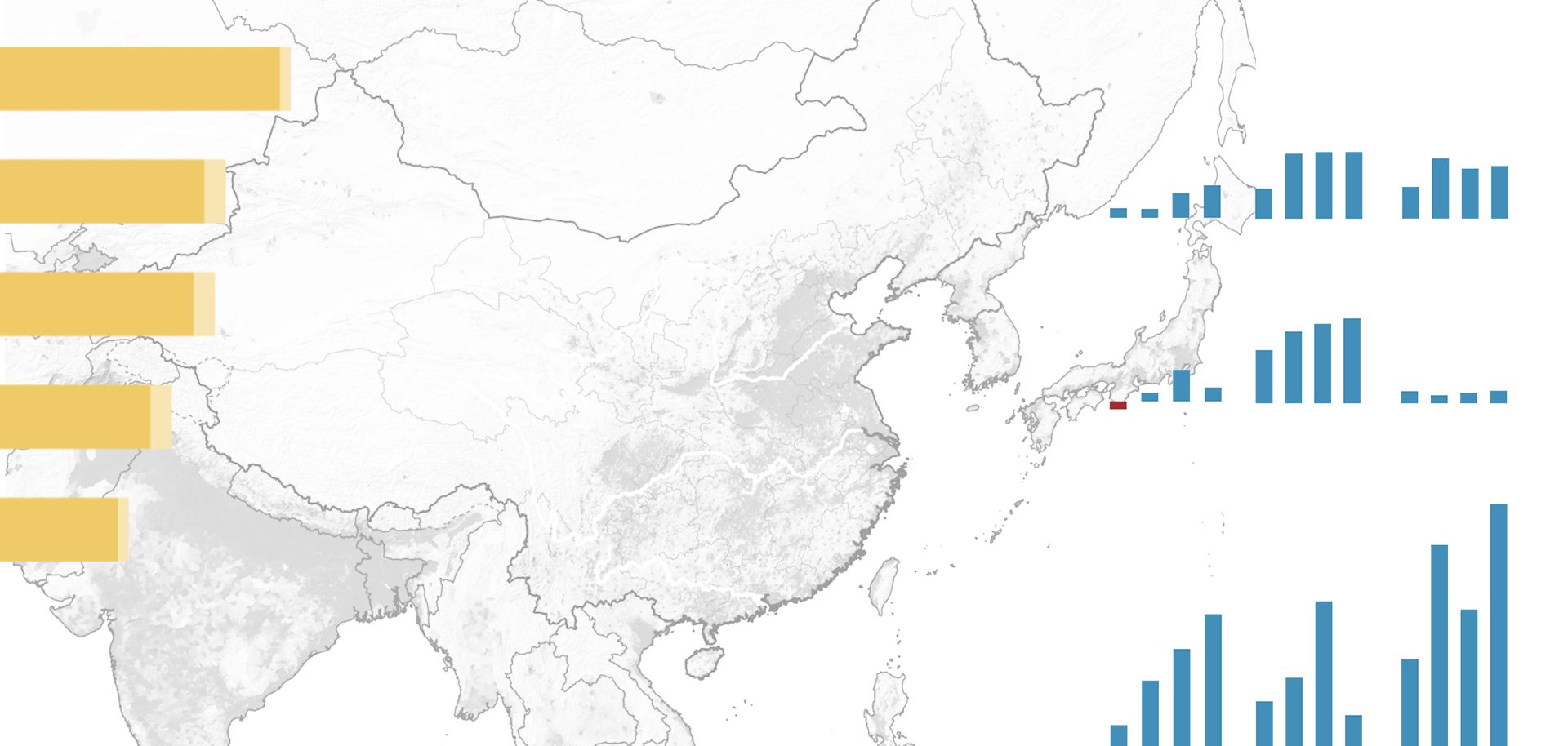
Kenya plans to host a regional conference to attract funding for its proposed $22.2 billion Lamu Port-South Sudan-Ethiopia (LAPSSET) Transport Corridor project in September. The Kenyan government first proposed the LAPSSET project in 2010, though the overall concept behind it has been pushed by Kenyan governments going back to 1975. Through its port in Mombasa, Kenya has a reputation as a regional hub for the import and export of East African trade goods. However, political unrest following the country's 2008 election disrupted this. PSSET is Nairobi's plan to improve and expand its transportation infrastructure linking East Africa in order to avoid future disruptions and other impediments to economy growth, both for Kenya and in the wider region. The most important proposals in the project are the expansion of the Lamu port to 20 berths (estimated to cost $3.5 billion), the construction of a $4 billion oil pipeline from Lamu Port to South Sudanese oil fields, and the construction of a 120,000-barrel per day oil refinery projected to cost $2.5 billion in Lamu, all helping to create the first alternative export line for oil-rich South Sudan. The construction or improvement of additional support infrastructure would require an additional $2.5 billion. Kenya cannot finance LAPSSET by itself, but there are several countries that have expressed interest in participating in the project, namely China, Japan, Germany and Qatar. Some type of multilateral financing component, probably facilitated by the World Bank, is also a possibility. China is particularly interested in using the project to tap into East African natural resources, such as South Sudanese oil, of which China already is the predominant consumer. Helping to fund LAPSSET also would reinforce Chinese influence over the region's natural resources. China has developed a strategy of building ports in foreign countries in order to increase its regional influence, and if it financed Lamu, Beijing would hold a strong position in a key part of East Africa.


